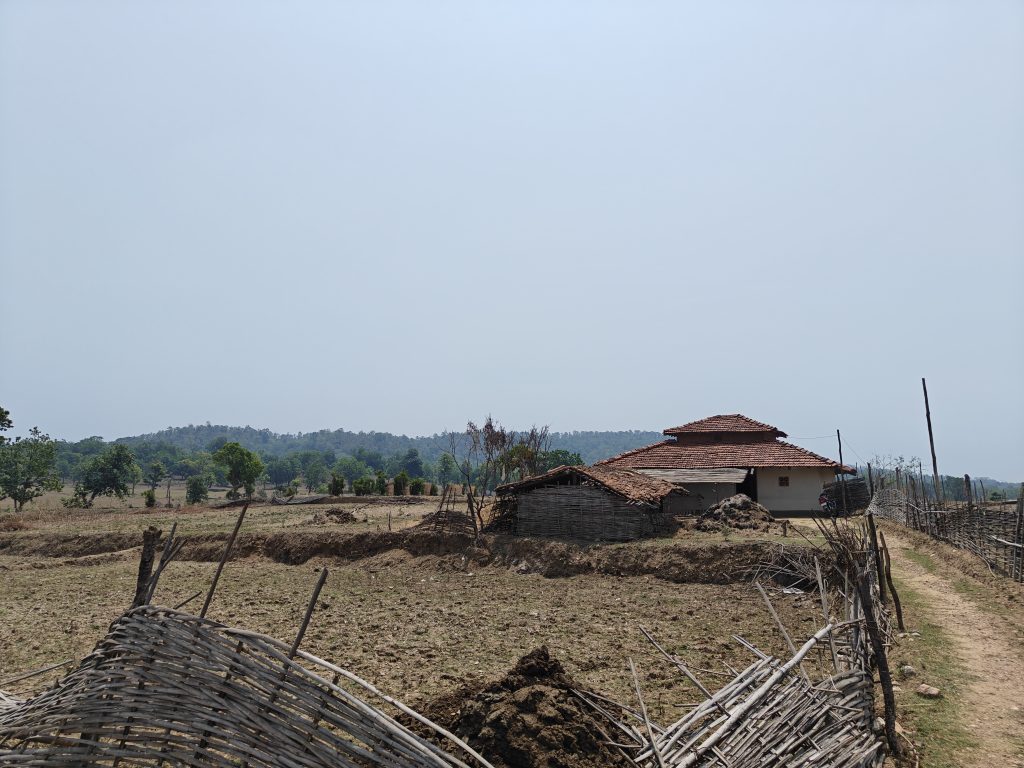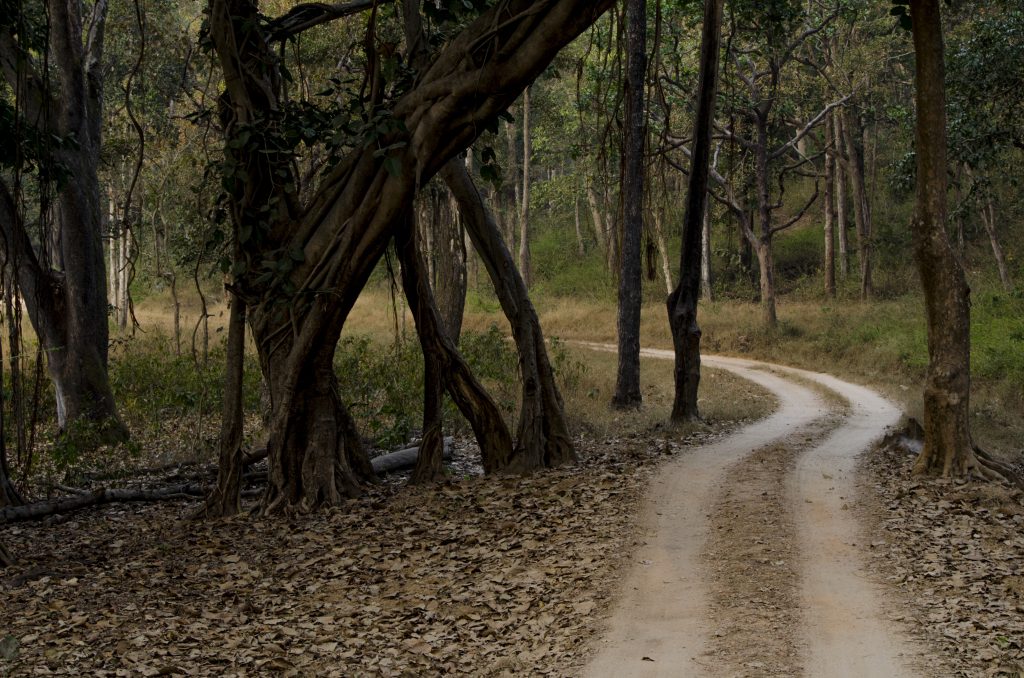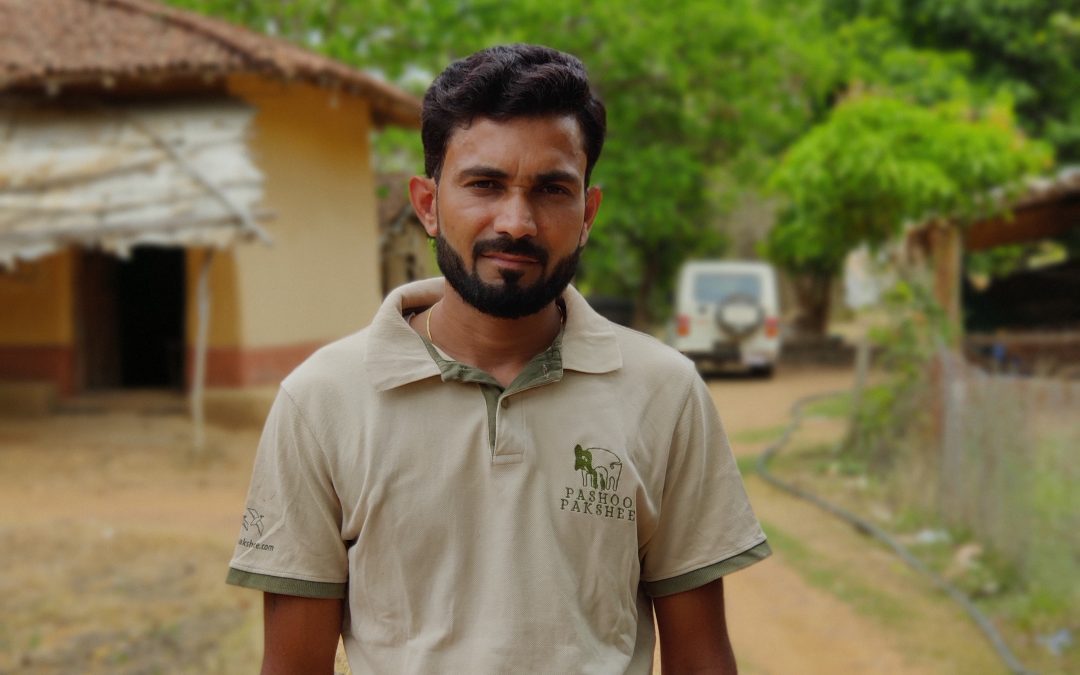Dikesh Chaudhary, Assistant Project Officer at SLTP partner The Corbett Foundation (TCF) gives us an insight into the team’s sustainable livelihood initiatives and key success stories in Kanha Tiger Reserve over the years.
A local from Sarasdol village in Kanha Tiger Reserve, Dikesh has worked on conservation initiatives with the team for over 10 years. In this talk, he speaks about the sustainable farming training provided by the TCF team to the local community, and how it has resulted in improved incomes and reduction in dependence on forests.
One of the first initiatives that The Corbett Foundation (TCF) started in Kanha was the ‘Pukaar’ project in 2011. This was an alternate livelihood project as a part of which we introduced training programmes for the local community like bike repairing, fisheries, agriculture, poultry farming, sewing and tailoring, and candle making among others. This was done with the aim of reducing dependence on forest based livelihoods.
Success of the Sustainable Agriculture Training-Rice Cultivation via SRI Method
The sustainable agriculture training proved to be quite successful. Before the training, we observed that the local farmers around Kanha mainly cultivated rice, but the yield was not that good, due to which their incomes were low. This was primarily because the community was not sure about the method of cultivation and also because they were not connected to any government schemes for aiding farmers. Hence we started providing training to the farmers on the SRI method of cultivation which improves productivity by changing how land, water, and nutrients are used. The training was provided at the nearest Krishi Vigyan Kendra (Farm Science Centre) under expert guidance. The trainers even came down to Kanha to practically demonstrate the cultivation method to the farmers.

Initially, the farmers of the local community were skeptical about the new SRI cultivation method as it was different from their traditional method. However, after the first year of undertaking cultivation via the new method, the farmers who earlier used to get 5-7 quintals of rice yield from their farm, got 10-11 quintals of rice yield. Hence the training was a success.
Introduction and Success of Drip Irrigation
In addition to the rice farmers in the Kanha landscape, members of the ‘Marar Mali’ community have been practicing vegetable farming in this region. Initially, the production of vegetables was low as they were irrigated by water from open wells which was limited. To help these farmers increase their production, we provided them with training on drip irrigation systems through the Farm Science Centre. Participants were also provided information about where they can buy the necessary equipment for undertaking this irrigation technique. We also supported them by procuring good seeds, biofertilizers, and spray pumps. This proved to be successful. Initially, the drip irrigation was adopted by 10 farmers, but due to the success of this method, now around 20 villages around Kanha Tiger Reserve are growing vegetables through this irrigation method. Bitter gourd is the most grown vegetable. Earlier the farmers were earning INR 10,000-15,000 per acre of bitter gourd farming, but now this has increased to INR 1,00,000 – 1,50,000 per acre after adopting drip irrigation. The farmers now don’t have to rely on any other forest based livelihoods and have provided employment to other community members on their farms too.
These are some key positive changes that we have seen in the Kanha Tiger Reserve villages on the sustainable agriculture front. We hope more local community members adopt such sustainable livelihoods which are beneficial to both, them and the environment.


